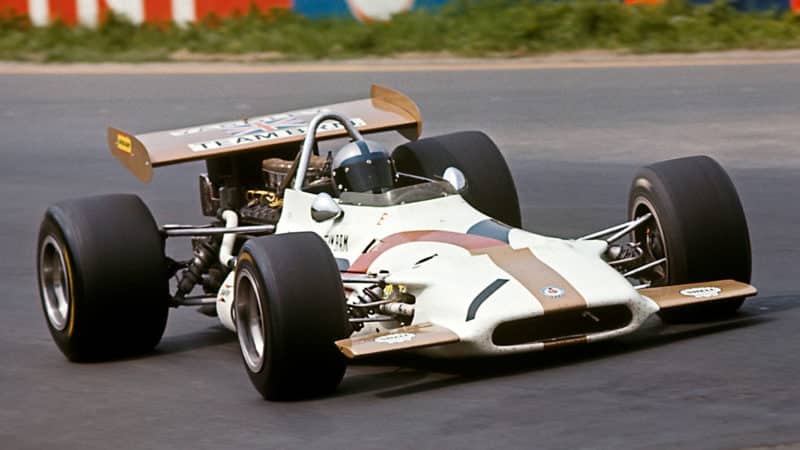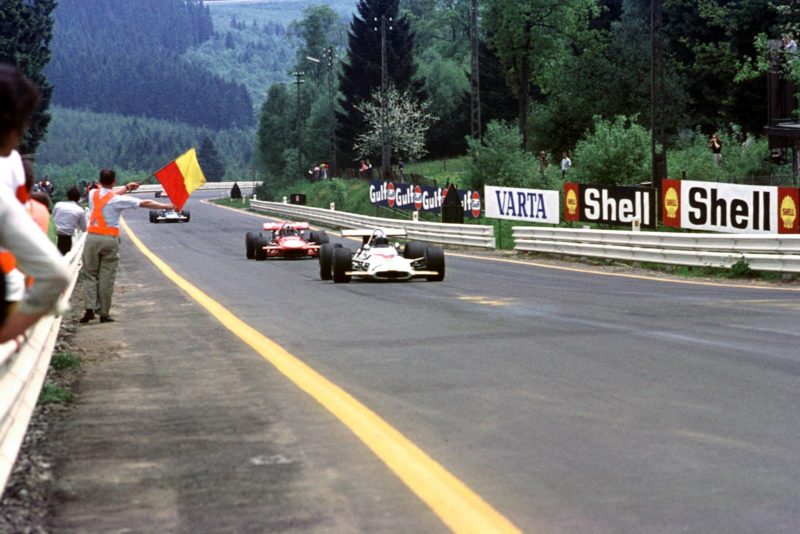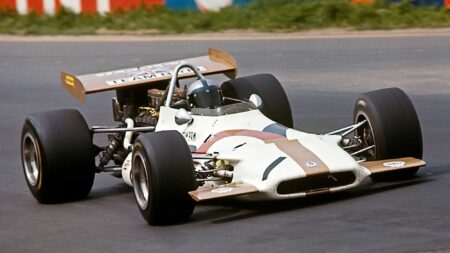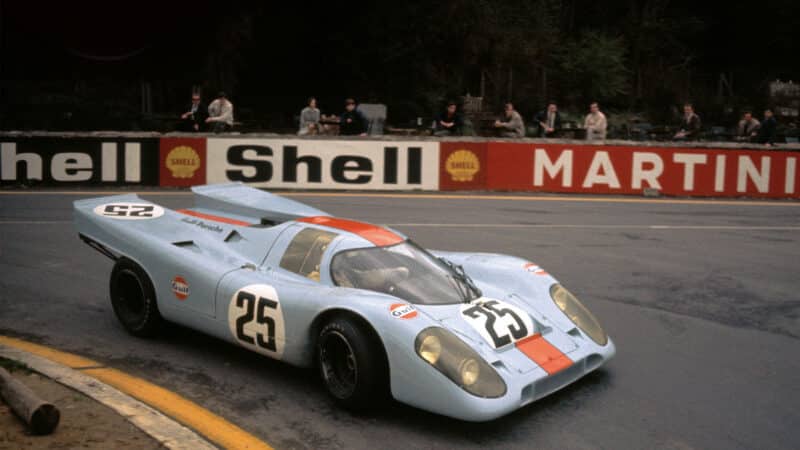Jackie Stewart had talked it over with Ken Tyrrell and they agreed that if it rained at Spa, scene of the Scot’s frightening accident in the 1966 Belgian GP, then he would not take the start in the Tyrrell March 701. But the Ardennes weather stayed fine and he qualified his 701 on pole with a lap in 3min 28sec. Alongside him on the front row were Jochen Rindt’s Lotus 49C (3min 30.1sec) and Chris Amon in the works STP March 701 (3min 30.3sec).
“Stewart went into the lead midway round the opening lap,” recalled Amon to me later, “while I fought my way past Jochen and went past Jackie midway round lap two. We were all strung out down towards Malmedy when I looked in my mirrors and saw a white car tucked in behind Rindt in fourth place.
“I remember thinking, ‘who the hell is that?’ Then the white car nipped past Stewart and, as we went down the Masta straight, it drew level and I saw it was Rodriguez in the BRM. He was running really quickly, driving extremely well.”
Amon admitted that he wasn’t too worried, reasoning that the BRM was unlikely to last. “But it soon became clear I had a big problem,” he said. “My March [with its Cosworth DFV engine] would pull 9800rpm down the Masta, but it was being towed up to 10,200rpm behind that BRM. I did get past him just once, slipping through on the inside of La Source, but the damned thing was back past me by the time we got to the bridge at Eau Rouge.

Pedro Rodriguez and Lucien Bianchi cross the line to take victory at Le Mans ’68
“From then on I managed to get my front wheels level with his rears a couple of times on the Masta, but he beat me in the end by a couple of seconds. My only consolation is that he’d had to battle his way past Rindt and Stewart before he could have a crack at me.”
Rodriguez developed into something of an Anglophile. He lived in semi-rural contentment at Bray-on-Thames, drove an elderly Bentley 51 and frequently wore a deerstalker.
Jackie Oliver was Pedro’s team-mate at BRM in 1970. Some years later, long after Pedro’s death, Oliver learned that it was Rodriguez who supported Jackie’s recruitment to the JW Gulf Porsche team as successor to the underperforming Leo Kinnunen for 1971.
“I got to know a huge number of drivers during my own racing career, and even more when I ran my own team,” says Oliver. “But I can honestly say that Pedro was probably the nicest I encountered. He was one hell of a driver, brilliant in the wet and at Spa in particular.”
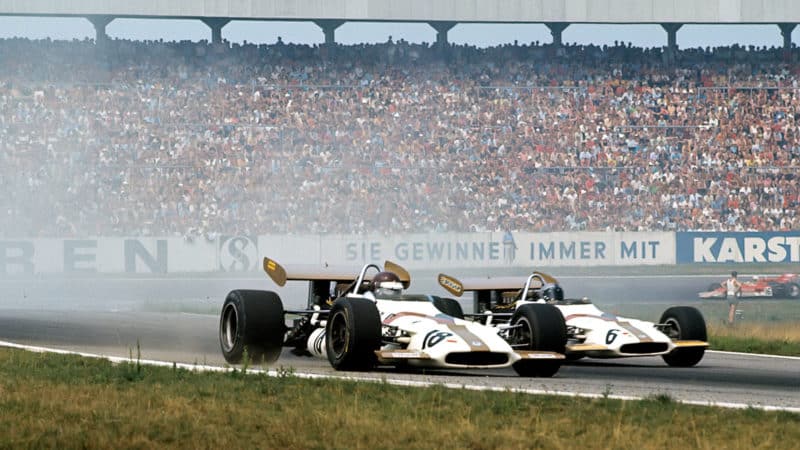
The rest of 1970 brought only pain for the BRM team
Bernard Cahier / Getty Images
The 1970 season was his best, of course, although ’71 promised to be even better with the BRM P160 which he would drive alongside new team-mate Jo Siffert. They were also paired in the JW Gulf Porsche team handling the fearsome 917s in the major endurance races. And although he may have fallen short in some respects as an all-round great, Pedro certainly came close.
Like so many other drivers in history, it was a question of being in the right place at the right time. Yet post-Spa, BRM reverted to type with a run of simply painful unreliability. At Zandvoort Rodriguez had to make two stops to deal with a loose nose cone, finishing 10th, followed by retirements in the French, British and German races. He managed fourth in the Austrian race at the Osterreichring, one of his favourite circuits, then the engine blew in the Italian GP and he was fourth in Canada.

